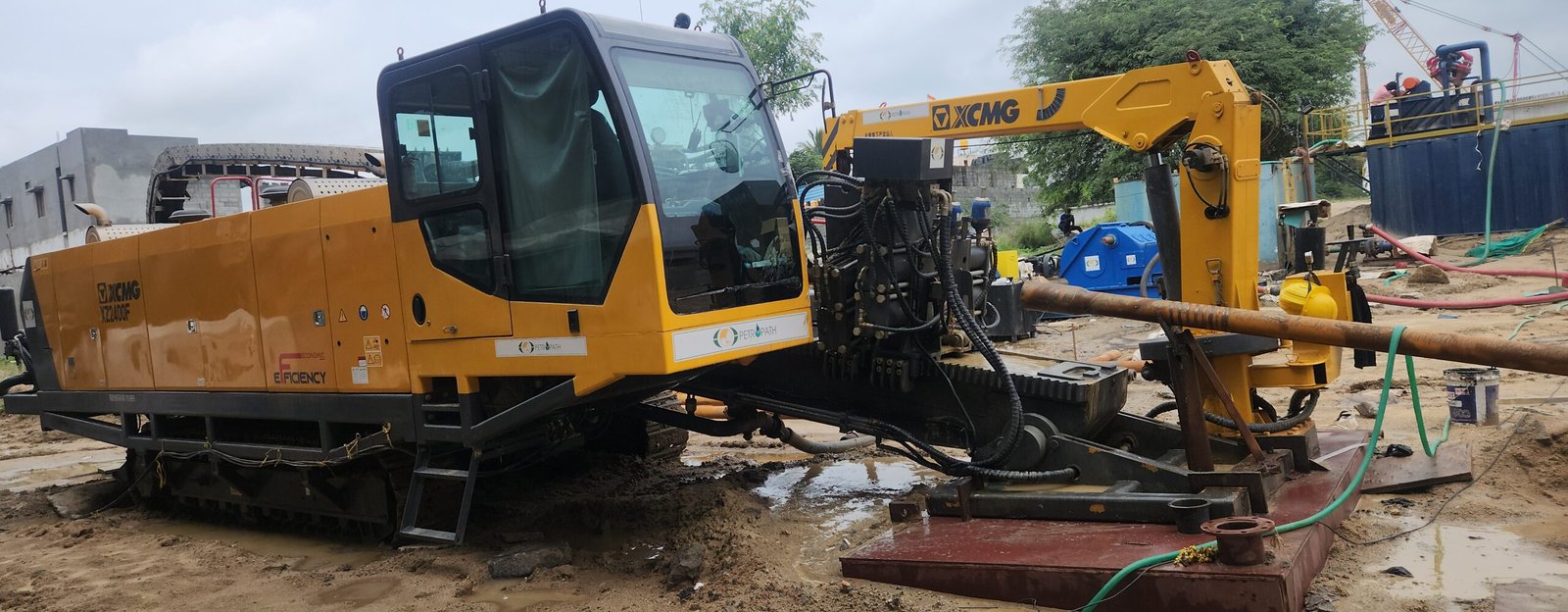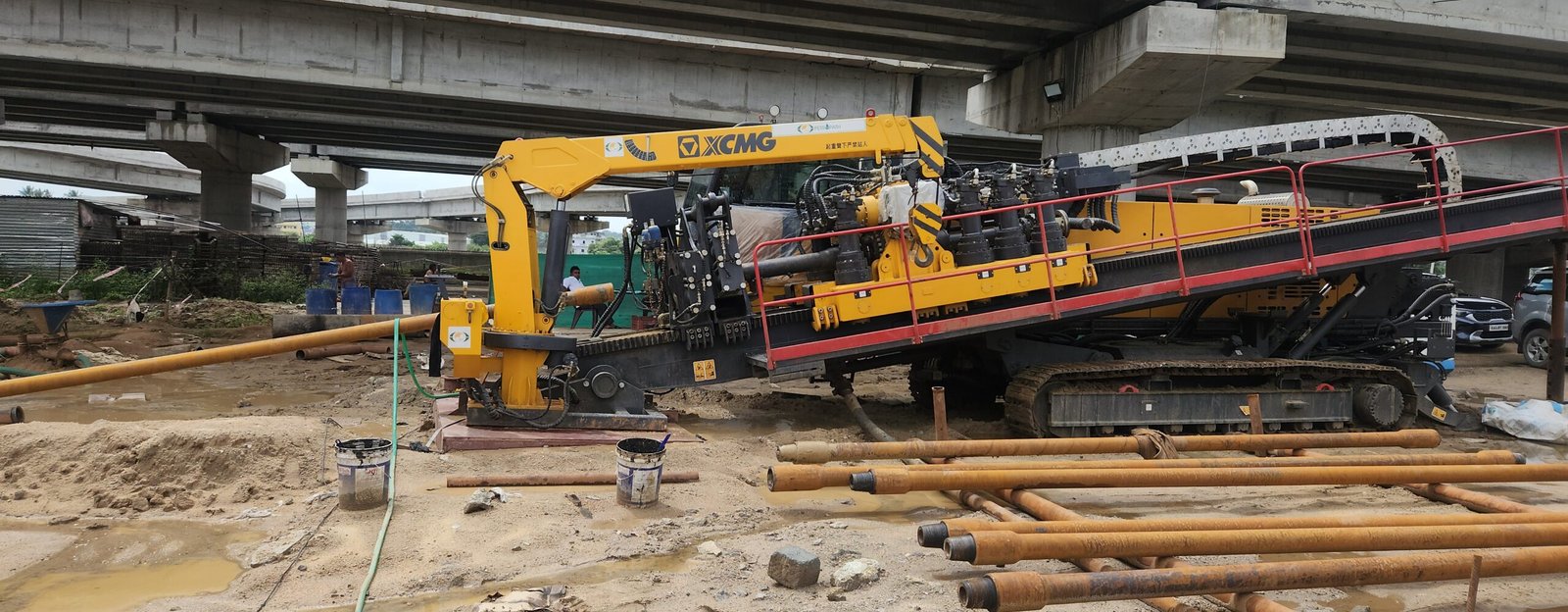How HDD Works


HDD is widely used for:
Long-distance underground pipeline construction across rural and urban regions
Crossing rivers, lakes, and wetlands with minimal environmental disruption
Installing pipelines beneath railways, highways, and other high-load corridors
Creating underground utility pathways in urban utility corridors
Sensitive ecological zones where traditional trenching would cause significant impact
Environmental Benefits of HDD
Some benefits include:
Reduced surface damage and soil excavation
Minimal impact on waterways and ecosystems
Lower carbon footprint compared to conventional methods
Controlled handling of drilling fluids to prevent contamination
Why Choose Horizontal Directional Drilling?
HDD offers several advantages over traditional construction methods:
Cost-effectiveness: Less excavation reduces manpower and restoration costs
Speed & efficiency: Faster project delivery with minimal disruption
Durability: Coated, welded steel pipelines ensure long-term performance
Versatility: Suitable for urban, rural, and environmentally sensitive areas
Safety: Reduced risks for workers and surrounding communities
Vision & Mission
Vision: To exceed customer expectations by setting global benchmarks in quality, safety, and environmental responsibility in trenchless construction.
Mission: To deliver innovative HDD solutions that add long-term value for clients while meeting the growing infrastructure needs of communities worldwide.
Commitment to Sustainability
Conclusion
We provide worldwide delivery, custom configurations, and technical support tailored to your operational needs.

